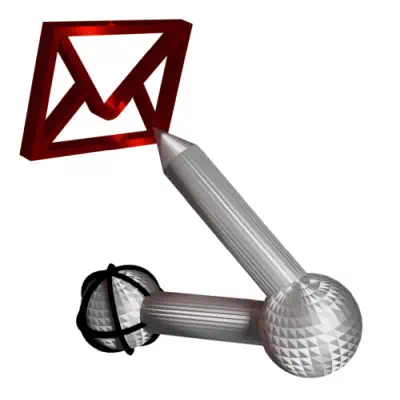AyMINE – Technical documentation
Modules
Integration with ERP Abra Gen
 Task, project & quality management
Task, project & quality management
Manager approval with the task report
Why some data can't be deleted
GDPR and record of qualifications
Qualification of user or contact
Right to Manage Qualifications
Adminitration of areas, projects, calendars
Failure Analysis for an Individual Property of a Component or Process
FMEA – Probability of Detection
FMEA – Probability of Occurrence
 Task, project & quality management
Task, project & quality management
Administration of the Task Management Module
System rights for the task management module
Improvements and Preventive Measures
Methodology and Quality Management systems
What makes up the methodology / SMJ
Problems, tickets and their management
Collaborative Resolution of Multiple Problems
Customer Service Response Generation
Incident and Quality Issue Management
Objects affected by the problem
Problems, Incidents, Helpdesk Tickets
Return project plan by baseline
Sample tasks and methodologies of the area
Effect of the task on the right to modify the attached object
The person responsible for the task
Working procedure – task definition
Management of responsibilities - RACI Matrix
Objects related to the task pattern
 Contacts and directories module (CRM)
Contacts and directories module (CRM)
Address book list and management
Directory or people and companies
Order overview for customer groups
 Contacts and directories module (CRM)
Contacts and directories module (CRM)
System Permissions and CRM Module Settings
Send bulk messages in compliance with GDPR
How to correctly forget a person's details
Unsubscribe and set preferences
for bulk mail
 Web management and automation
Web management and automation
Receiving a message from the web
Human resources
Personalistics – User Permissions and roles
Human Resources module security
Manage department / division data
Overview of Personnel Information for pracov# Employment Contract
Synchronizing staff and system users
 Products, assets and sales
Products, assets and sales
Creating and processing orders
Manage the Property & Business module
Why are the Quality criteria usefull
Managing Finance
Metrics and Measurements
Work summaries from generated data
Technical Modules
Sabre plugin module
Enterprise Architect connector
Database link to Enterprise Architect database
Enterprise Architect connector
System Modules
 The AyMINE Framework Module
The AyMINE Framework Module
AyMINE — Tips for Mobile Usage
Configure how your system looks and works
Gestures and Keyboard Shortcuts
More about how the system works
Private notes and tags for objects
Overview of Modules and Record Types
 Location
Location 
A location is a universal object denoting a place. Objects, activities and events are associated with a location
Universal location
A location can be of different types:
- Campus
- Building – floor – place
- Noticeboard or computer rack – a position in a rack
- Cabinet – shelf
The universality looks too broad at first glance, but a location takes full advantage of the universality of the AyMINE concept, which allows you to derive other objects from one object and, depending on their type, control the information and actions that can be done with the object.
Types of locations
Sites are distinguished from each other by their basic types:
- Spatial sites are those sites that include a walking surface, however small – both outdoor and indoor spaces. Typical examples are fields, forests, but also rooms and warehouses
- Cabinet sites are physical spaces that allow for the placement of items, but without a walking surface. Typically these are shelves and racks, but also safes, shaft rooms, other enclosed spaces.
- Information spaces are real information spaces – typically notice boards, as well as virtual spaces – data fields, cloud, etc. A web bulletin board is somewhere between the two spaces
Why "mixing" different types of spaces makes sense
At first glance, it may seem that the described spaces do not have much in common, but this is just an illusion
- Information can be placed in different types of information spaces
- Information spaces belong to a specific physical space.
- Cabinet and spatial locations can contain different assets. E.g. a fire extinguisher can be registered as room equipment and can be stored in a built-in cabinet
Hierarchy of locations
Locations of different types can be nested within each other, but only in the way specified by the rules that are established between locations. Likewise, rules can be set to limit what can be linked to which location. Rules are always set for a specific use of the system. Within the open platform aymine.cz, there is a natural logic that restricts inserting larger spaces into smaller ones (you cannot insert a meadow into a bulletin board, for example).
Location use
Depending on the type, locations have relationships to many other objects:
- Activities with people (meetings and events) can take place in spatial locations.
- Assets can be in any type of location.
- Products can generally be created in any type of location.
- Information can be located in an information space (but the information space itself can be part of a physical or other information space)